
The Birth of Consciousness and the Human Dilemma: From 24,000 BCE to the Crisis of Modern Psychology
https://www.youtube.com/watch?v=wjqONBMp4xc
Around 24,000 BCE, a profound shift occurred in human evolution that would fundamentally alter the trajectory of our species. A piece of neural tissue called the precuneus began to develop, bridging objective perception and subjective experience for the first time in evolutionary history. This wasn’t merely about intelligence—dolphins demonstrate remarkable problem-solving abilities, and octopi possess distributed intelligence throughout their bodies. The precuneus created something uniquely human: the ability for different parts of the brain to observe one another, to argue, and most significantly, to become aware of their own existence.
This neurological development brought with it an existential burden that continues to shape human psychology today. As Joseph Campbell would later observe, all religion serves to help humans tolerate guilt and shame—what Jung would term “the shadow,” those aspects of ourselves we cannot bear to acknowledge. The precuneus made us aware of time, mortality, and the competing desires within our own minds. It created networks in the brain that had never previously communicated, leading to internal conflicts that required resolution through religious or psychological means.
Listen to the Whole Series:
The Venus of Willendorf: An Ancient Symbol of Emerging Consciousness
In this prehistoric landscape where the Scandinavian ice sheet still covered Europe and the Persian Gulf was dry land dotted with cobalt blue lakes against red sandstone, someone carved and dropped a figure near Willendorf—what we now call the Venus of Willendorf. This obese, fertile goddess figure, with her face hidden by braids or a ritual mask, represents humanity’s first attempts to symbolize and cope with consciousness.
Her exaggerated sexual characteristics and hidden face speak to mysteries we can only interpret through the lens of symbolic thinking. Scholar John Dominic Crossan would later note that “Ancient people told stories symbolically,” warning that we are now “stupid enough to take them literally.” The Venus of Willendorf, alongside the sacred caves where early humans performed rituals in acoustically resonant chambers, represents our species’ first psychological technologies for managing the burden of self-awareness.
Jung’s Childhood Vision and the Father Wound
Carl Jung’s relationship with his father, Paul Jung, fundamentally shaped his psychological theories and offers a stark contrast to Freud’s approach. Unlike Freud, whose father appeared weak and passive, Jung’s father was a Swiss pastor who had lost his faith but continued preaching to pay the bills. This created a profound crisis for the elder Jung, who felt like a fraud—an open secret among those who knew him well.
Young Carl didn’t want to kill his father, as Freud’s Oedipal theory would suggest—he wanted to save him. This desire manifested in a powerful childhood dream where Jung witnessed God’s rejection of religious literalism. In the dream, Jung marveled at a beautiful, golden cathedral, wondering what kind of god could live in such a perfect cage. Suddenly, the clouds parted, and God’s posterior appeared, raining excrement upon the church, destroying its gilded windows.
The message was unmistakably clear: the divine doesn’t live in golden literalism but is a living process within us, bigger than any institutional container. This vision would profoundly influence Jung’s later development of depth psychology as a bridge between science and spirituality, between empirical observation and transcendent meaning.
The Vienna Café: Where Psychoanalysis Split
In 1909, two men sat in a Vienna café in what would become the site of psychoanalysis’s great schism. Sigmund Freud, likely under the influence of cocaine and convinced his sexual theories explained everything, faced his protégé Carl Jung. In a moment that would forever alter the trajectory of psychology, Freud demanded that Jung make sexuality the “bulwark” of psychoanalysis, regardless of future evidence that might contradict this position.
Jung watched in dismay as his mentor transformed into the very type of religious zealot Freud claimed to oppose. This atheist scientist was now demanding faith, not evidence—protection from what Freud called “cultists,” while ironically speaking in the language of a priest rather than a scientist.
The Dream That Changed Psychology
Their fundamental disagreement centered on a dream Jung had at age 10, where he descended through a house with modern Rococo furniture giving way to medieval stone, then Roman walls, and finally a cave filled with ancient skulls and pottery shards. While Freud interpreted this through his sexual framework—Jung’s desire to kill him as a father figure and possess his mother—Jung saw something far more profound: evidence of evolutionary layers of mind beneath the personal, a collective unconscious shared by all humanity.
When Jung mentioned museum exhibits of mummies and their symbolic representation of archetypal contents lying preserved in the unconscious, Freud turned white and fainted to the floor. There was no counterargument, no scientific rebuttal—just physical collapse in the face of ideas that threatened his theoretical edifice.
The breaking point came with Jung’s 1912 publication of “Psychology of the Unconscious,” leading to Freud engineering his expulsion from the psychoanalytic movement. Jung had committed the unforgivable sin of expanding beyond Freud’s reductionist sexual theory to explore the deeper spiritual and mythological dimensions of human experience.
The Red Book: Descent into the Unconscious
Following his break with Freud, Jung entered what he called his “confrontation with the unconscious”—a period of controlled psychosis where he feared developing schizophrenia. After being abandoned by two father figures, Jung worried he might lose his sanity entirely. As a successful physician by day, Jung would retreat to his attic at night to explore and document his visions in what would become the Red Book.
Rather than repressing these experiences as Freud would have recommended, Jung made a radical decision: he would descend into them, recording dialogues with inner figures like Elijah, Salome, and Philemon. This wasn’t madness but method—a systematic exploration of the psyche’s depths that would revolutionize our understanding of the human mind. Jung was developing what would become active imagination, a cornerstone technique of analytical psychology.
The Discovery of Archetypes
Jung’s most groundbreaking discovery emerged from his work with schizophrenic patients in Vienna. These largely uneducated, alcoholic individuals, who couldn’t read their native language well, let alone ancient texts, were experiencing visions containing sophisticated mythological content from Greek, Persian, and other ancient traditions. They dreamed of bulls mating with the sun—Zoroastrian imagery—despite having no conscious knowledge of such traditions.
Jung realized these patterns couldn’t come from personal experience but must arise from some universal, evolutionary substrate of consciousness. This led to his theory of archetypes—universal patterns including the Hero, the Mother, the Shadow, and the Self.
Unlike Freud’s view of the unconscious as merely a repository for repressed sexual desires, Jung saw it as a wellspring of creativity, healing, and meaning. The goal wasn’t to conquer the unconscious but to relate to and integrate it—a process he would call individuation.
Jung’s Synthesis: Beyond the Science-Religion Divide
Jung viewed scientific objectivity and religious subjectivity as complementary half-truths rather than opposing forces. He warned that repressing the religious impulse leads to unconscious religiosity, as demonstrated by Freud’s dogmatic atheism. Conversely, rejecting logic produces the kind of ungrounded spiritual narcissism Jung criticized in what would become New Age movements.
His approach offered a rigorous method for studying subjective experience—what he called an empirical phenomenological method. While acknowledging that one cannot test mythological parallels in a laboratory, Jung noted that when similar archetypal patterns emerge independently across cultures separated by vast distances and time, this points to fundamental psychological realities that deserve scientific attention.
Modern Neuroscientific Validation
Contemporary neuroscience has validated many of Jung’s insights in remarkable ways. Researchers like Joseph LeDoux demonstrate how trauma bypasses language, while Antonio Damasio maps the feeling-knowing progression Jung intuited. Michael Gazzaniga’s split-brain research reveals how neural networks can relocate and reorganize when separated, supporting Jung’s view of the psyche as a dynamic system rather than a fixed structure.
As one researcher noted, Jung created “the best nonreductive lens with the least superfluous parts to understand modern consciousness.” Yet despite this validation, Jung continues to be dismissed in academic psychology, often reduced to a footnote about the collective unconscious before moving on to more “scientific” approaches.
Jung’s American Reception and Distortion
When Jung’s ideas reached American shores in the 1950s, they encountered a culture fundamentally terrified by two concepts: that we might be more than what we can control or commodify, and that we’re all religious whether we admit it or not. Americans wanted the unconscious to be conquerable. Jung said it’s a dance partner. Americans wanted archetypes to be literal. Jung said they’re metaphors. Americans wanted individuation to be a purchasable product rather than a lifelong process.
As Edward Edinger observed, “We cannot perceive what we canonize.” The citizen secures himself from wisdom with an icon. You can wear a giant cross while carjacking a car; a megachurch pastor worth millions can claim Jesus wants you to bomb the Middle East.
David Tacey points out that American applications of Jungian psychology became largely distorted, favoring positivity, emotional avoidance, consumerism, and simplified spirituality over Jung’s complex, culturally sensitive, and ethically grounded approach. Jung’s warnings about the dangers of the hero myth and the need to confront our shadows went largely unheeded.
The 1960s Consciousness Revolution
By the 1960s, the CIA was dosing people with LSD, searching for the secrets of consciousness. Jung’s ideas about the limitless nature of mind had permeated American culture, whether people recognized their influence or not. Timothy Leary preached “tune in, turn on, drop out.” Fritz Perls developed Gestalt therapy. Wilhelm Reich pioneered what would become somatic work.
Everyone was trying to crack the code Jung had pointed toward: how to access deeper layers of the psyche without going insane, without pretending that consciousness is merely a product of natural selection. Some succeeded spectacularly, some failed catastrophically, most efforts were forgotten, and some poor souls ended up believing they were raised by Satanists.
The Therapeutic Implications
Jung wrote, “Know all the theories, master all the techniques, but as you touch a human soul, just be another human soul.” He acknowledged contradictions in his theories, describing them as “a system of mirrors to reflect the central bonfire back at you so that you can perceive its light.” The overlaps and gaps between mirrors were intentional—metaphors for the complex systems of cognition that cannot be reduced to simple formulas.
This approach challenges the modern demand for empirically validated treatments. Like many effective interventions—from antidepressants to allergy medications—we often know something works before understanding why. Jung’s methods deal in metaphors because metaphors heal, even if they cannot be measured in test tubes.
Modern Jungian therapy continues to demonstrate effectiveness precisely because it addresses the whole person—their spiritual longings, their need for meaning, their relationship with the unconscious—rather than reducing psychological distress to chemical imbalances or behavioral patterns alone.
The Shadow Problem in American Psychology
Jung specifically warned America about the hero myth—the inflation that comes from believing oneself special or chosen. Americans, with their cultural mythology of manifest destiny and individual exceptionalism, were particularly susceptible to this inflation. We never dealt with the hero myth in ourselves, never confronted the profit motive, the ego and empires that accompany it, especially our projections of father myths onto perfect hierarchies and authorities.
Whether projecting onto visions of the future as the good father with all power and punishment, or seeing ourselves as long-suffering children trying to reform corrupt institutions while enabling their worst parts, none of these shadow projections were ever properly addressed. The result is a culture perpetually caught between messianic inflation and victim consciousness, unable to do the genuine inner work Jung prescribed.
Jung’s Lasting Legacy and Unfinished Work
In his BBC interview at age 80, Jung reflected: “In the end, the only events of my life worth telling are those when the imperishable world erupted into the transitory one. All other memories have lost importance by comparison.” He understood that the same consciousness that expelled us from unconscious paradise is our only bridge home—not through regression but through integration.
Jung’s central insight remains revolutionary: the way to resolve conflicts between competing neural networks isn’t by choosing sides but by sitting with the tension of opposites until a new synthesis emerges. This requires tolerating uncertainty—something both individuals and cultures struggle with, especially in an age that demands immediate answers and quick fixes.
The Contemporary Crisis and Jung’s Relevance
Despite distortions and commodification, Jung’s core message endures with unprecedented relevance for our current cultural moment: we must confront our shadows, integrate our unconscious contents, and recognize that psychological health requires acknowledging both our rational and transcendent natures. The father wound—whether personal or collective—cannot be healed through murder or blind obedience but through the difficult work of individuation.
As we face our own cultural shadows and projections, from political polarization to environmental crisis to the failure of purely reductionist approaches in mental health, Jung’s psychology offers not easy answers but a methodology for engaging with the depths of human experience.
The Unfinished Revolution
The precuneus that gave us self-awareness also gave us the tools for integration. The question that emerged 24,000 years ago in the caves of Paleolithic Europe remains with us today: Can we learn to feel our way forward into fuller consciousness, or will we continue trying to return to an Eden that exists only in our psychological projections?
The challenge Jung poses is as radical now as it was a century ago: Can we move beyond superficial applications of his insights to engage with their transformative potential? Can we finally address what he warned us about most strongly—our hero myths, our projections, and our refusal to do the inner work necessary for genuine transformation?
The sacred caves where our ancestors first grappled with consciousness through ritual and symbol point toward the same truth Jung spent his life articulating: healing happens not through conquest of the unconscious but through relationship with it. Not through literal interpretation of symbols but through their transformative engagement. Not through spiritual materialism but through the courage to face our shadows and integrate our depths.
The revolution of consciousness that began with the precuneus continues. Whether we participate consciously or remain trapped in the distortions and avoidances Jung warned against remains the defining psychological challenge of our time.
Bibliography
- Campbell, Joseph. The Hero with a Thousand Faces. Pantheon Books, 1949.
- Crossan, John Dominic. The Historical Jesus: The Life of a Mediterranean Jewish Peasant. HarperSanFrancisco, 1991.
- Damasio, Antonio. Descartes’ Error: Emotion, Reason, and the Human Brain. Putnam, 1994.
- Damasio, Antonio. The Feeling of What Happens: Body and Emotion in the Making of Consciousness. Harcourt Brace, 1999.
- Edinger, Edward F. Ego and Archetype. Shambhala, 1992.
- Freud, Sigmund. The Interpretation of Dreams. Basic Books, 1900/2010.
- Gazzaniga, Michael S. The Divided Brain. Ecco, 2005.
- Jung, Carl Gustav. Memories, Dreams, Reflections. Vintage Books, 1961.
- Jung, Carl Gustav. The Red Book: Liber Novus. W. W. Norton, 2009.
- Jung, Carl Gustav. Psychological Types. Princeton University Press, 1971.
- Jung, Carl Gustav. The Archetypes and the Collective Unconscious. Princeton University Press, 1969.
- Jung, Carl Gustav. Psychology of the Unconscious. Princeton University Press, 1912/1991.
- LeDoux, Joseph. The Emotional Brain. Simon & Schuster, 1996.
- Perls, Fritz. Gestalt Therapy: Excitement and Growth in the Human Personality. Julian Press, 1951.
- Reich, Wilhelm. The Function of the Orgasm. Farrar, Straus and Giroux, 1942.
- Shamdasani, Sonu. Jung and the Making of Modern Psychology. Cambridge University Press, 2003.
- Tacey, David. Jung and the New Age. Routledge, 2001.


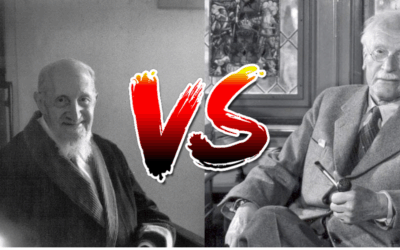
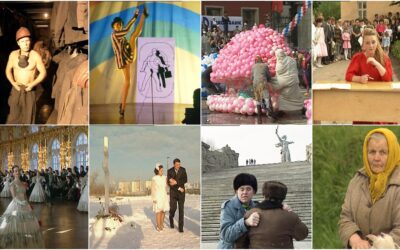

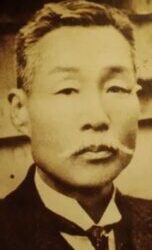
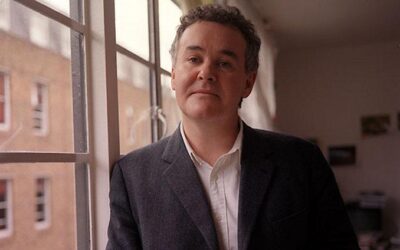
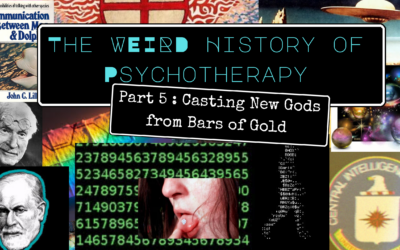
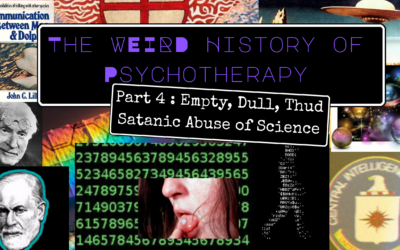

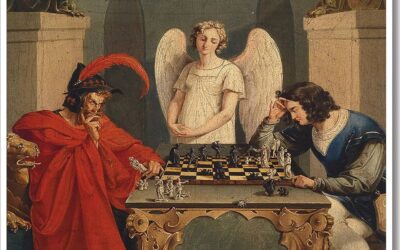

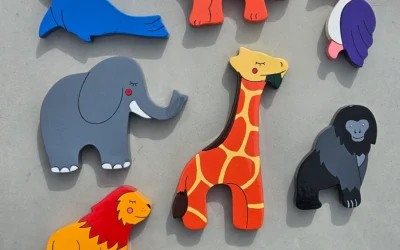


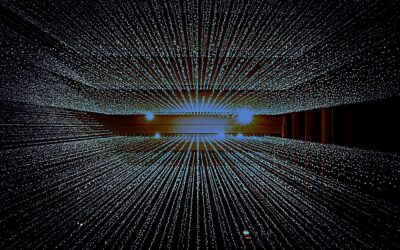

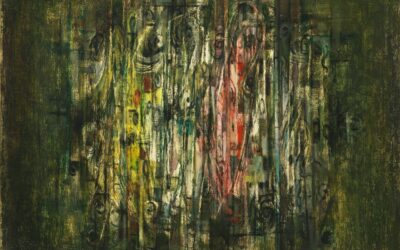
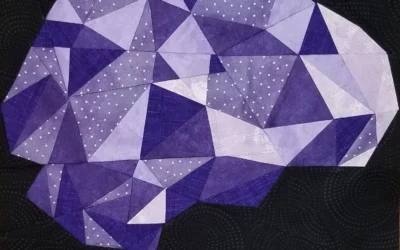

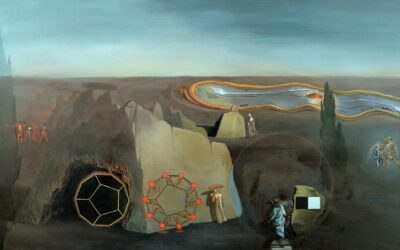
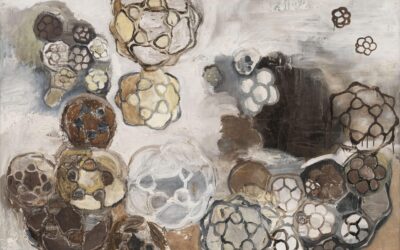
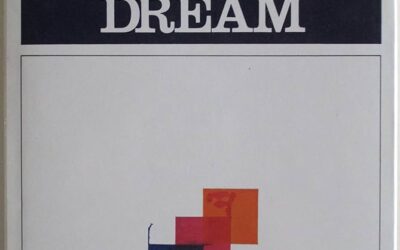

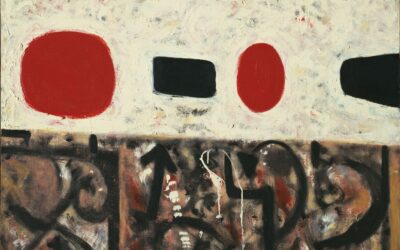
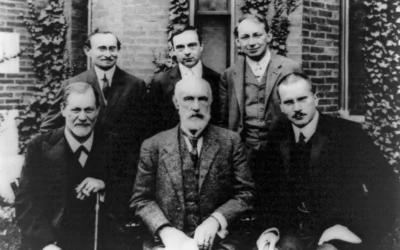
0 Comments